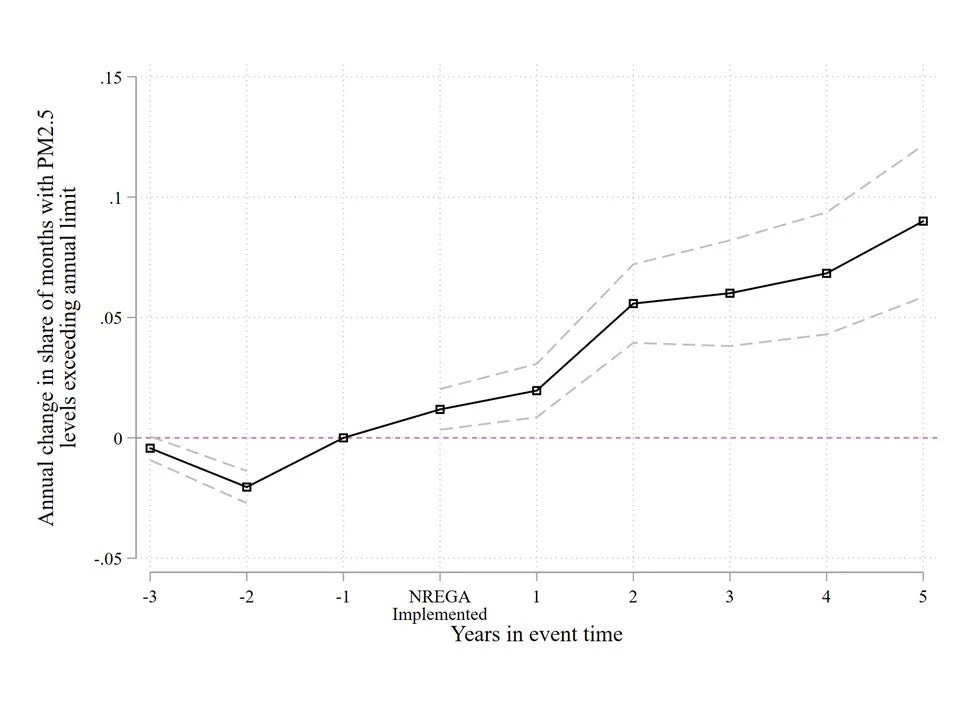Contributed by Forhad Shilpi and Uwe Deichmann
Will investments in agricultural technology by themselves be sufficient to ensure long-term productivity growth in the farm sector and, more importantly, for rural poverty reduction? As rapidly rising food prices threaten food security and the poverty gains made by developing countries, many have blamed declining funding for agricultural technology development for this state of affairs (for example, the New York Times).
This question is highly relevant for South Asia. Shanta Devarajan has commented on the recent rice export ban by India and its implication for its neighbor, Bangladesh, which has become a net rice importer this year due to floods and cyclone impacts. But Bangladesh also provides evidence that agricultural technology by itself is unlikely to lead to adequate growth in agricultural output if factors such as physical and economic geography and infrastructure needs are not considered.
In a recent study, we examine these issues for Bangladesh. During the early 1990s, Bangladesh experienced widespread diffusion of green revolution technology in rice, its main crop. As a result, rice production has more than doubled since the early 1970s. The spread of green revolution technology is usually expected to boost wages for farm workers. But we found regional differences in rural wages that run counter to the traditional argument.
The North-West region of Bangladesh (Rajshahi Division) has some of the highest agroecological endowments in the country (Figure 1).
Figure 1: Crop suitability index
(Source: Bangladesh Agricultural Research Council, BARC)
|
|
But, surprisingly, real agricultural wages were much lower in the Rajshahi Division (Figure 2). Similarly, the probability of employment in the high-wage, non-farm sector was also lower in the North-West (Figure 3). This is puzzling in light of the traditional argument that productivity growth in agriculture raises agricultural wages and also boosts non-farm employment through various production, consumption and labor market linkages. These linkages between the farm and non-farm sectors are assumed to create a virtuous cycle of growth and development in rural areas.
| Figure 2: Hourly Rate in Agriculture Farm | Figure 3: Probability of employment in the high-wage farm sector |
| (Source: Average values for household clusters from teh Household Income and Expenditure Survey 2000) |
(Predicted and spatially interpolated values from HIES analysis; high wage means above the median agricultural wage of the region) |
 |
 |
Our study found that access to large urban markets (as in Dhaka and Chittagong) is by far the most important determinant of high-return, non-farm activities: people are more likely to be employed in better paid wage employment and self employment in the non-farm sector if they are closer to urban centers. The impact of agricultural potential depends on how far the village is from the main urban centers: those who are further away from these centers are even less likely to be in well-paying non-farm jobs even if they are living in areas with greater agricultural potential. This suggests that poor connectivity to major urban markets greatly weakens farm-non-farm linkages. And lack of expansion of better paid non-farm jobs in turn slows down the movement of workers from agriculture to other activities, depressing agricultural wages and impeding long-term growth in agricultural productivity itself.
Greater investment in improving agricultural technology certainly needs to be part of the solution to meet the rising demand for food. But if spatially connective infrastructure (roads and bridges in particular) and complementary services such as agricultural extension are ignored, these findings from Bangladesh suggest that few farmers in lagging but potentially productive regions will benefit, thwarting the goal of raising agricultural productivity.



Join the Conversation